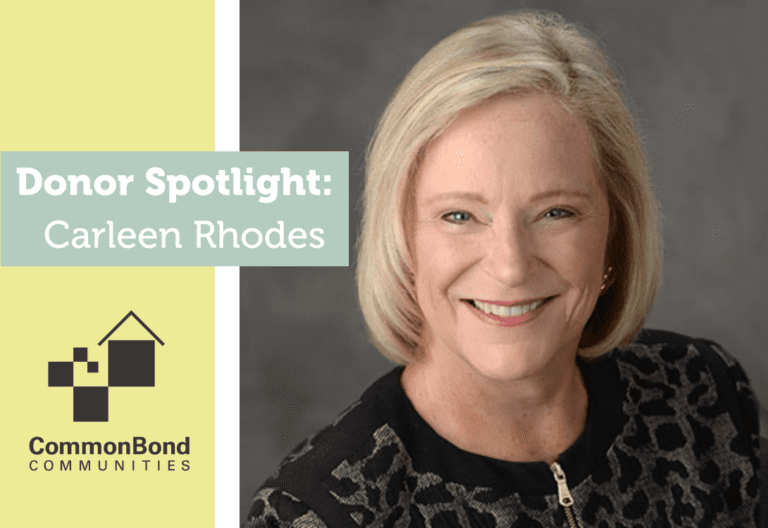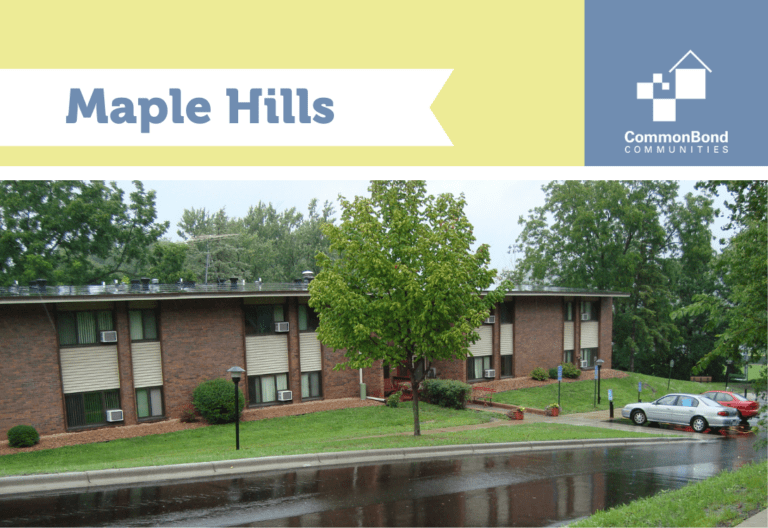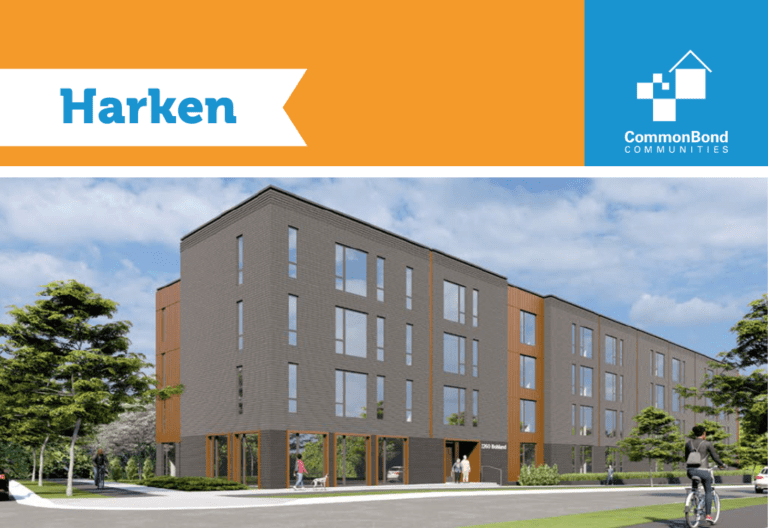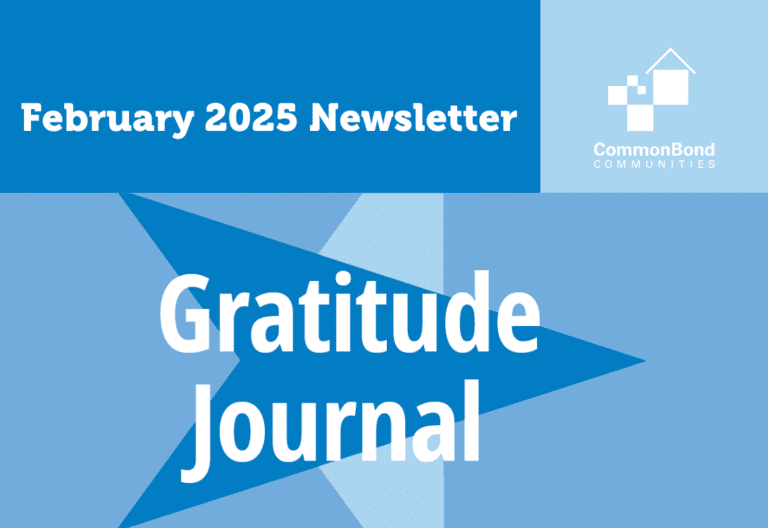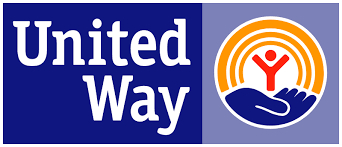Evictions are traumatic, and over the years, we’ve heard a lot of misconceptions about them. We can all agree that evictions are bad, but the impacts are a lot farther reaching than most realize. So, we want to take a minute to share a few of the more common myths surrounding evictions, and why it’s important to understand the whole picture. We’ve discussed the social impacts of evictions over the past months following our collaboration with Ernst & Young, and now we’re sharing a few of these myths to continue raising awareness around this oftentimes preventable dilemma. For people experiencing poverty, an eviction can have life-changing consequences.
Myth #1: Are evictions really that big of a concern?
Putting aside the emotional consequences of eviction to families, there are a number of large-scale implications we need to pay attention to.
The gaps between affordable rent and incomes signal a disparity, especially for those with low incomes. With more people renting than ever before, rents are increasing to match the demand. In an already tight rental market, low-income renters are being priced out of the places they could previously afford. Most families living at or below the poverty line spend at least half of their income on housing, with some spending an even higher percentage rent and utilities. Couple that with an unexpected expense like a car repair or urgent medical cost, and balancing the household budget becomes even more precarious.
Overall, nearly half of people in the Twin Cities are paying more than they can afford for rent. But some people are significantly more affected than others, pointing to deeper systemic problems. Of Black households, about 50% are cost burdened, compared to roughly 25% of white households. Following this trend, researchers have confirmed that evictions impact people of color significantly more than those identifying as White. In particular, Black women are disproportionately more likely to face eviction. Compounding this disparity are the generational impacts of evictions: moving to a neighborhood with fewer opportunities, changing schools, and breaking relationships with friends and teachers all put kids at an even bigger disadvantage — helping to keep the cycle of poverty going.
Evictions are a big concern not only because of unsustainable rising rents and a severe shortage of affordable housing, but also because they further indicate a huge equity problem in our neighborhoods.
Myth #2: Evictions are not that common.
Historically, this used to be true — even in the Great Depression of the 1930s. Yet over the years, we’ve seen eviction trends that we need to pay attention to.
In Minnesota, eviction case filings are disproportionately high in the Twin Cities. The cumulative eviction rate in the metro county area is 3.3%, just over double the eviction rate statewide, which is 1.6%. As recently as 2016, this meant that in Hennepin and Ramsey counties, almost 9,000 individuals and families had evictions filed against them. That’s a considerable number of people left without a stable home.
Wisconsin is estimated to have 41 evictions per day, at a rate of nearly 2%, with Milwaukee struggling through some of the greatest hurdles to overcome (you’re likely familiar with this if you’ve read Evicted). Though MN and WI states are similar in the number and demographics of residents, the number of eviction filings in Wisconsin is double Minnesota’s. CommonBond provides affordable housing to over 12,000 people in Minnesota, Iowa, and Wisconsin, so keeping track of regional and national trends is important for us to best serve those experiencing these types of struggles.
Myth #3: If you don’t pay your rent, you deserve to be evicted.
According to MinnPost, 93% of evictions were filed in Minneapolis due to nonpayment of rent. On average, the amount due to landlords was less than $2,000. But consider this: many people are one accident or emergency away from being unable to afford their homes, and that can mean having to choose between two or more equally crucial payments. A car repair in order to get to work and keep your job, a child’s hospital bill, food for your family — these are all critical examples, and with these details in mind it’s easier to understand how sometimes rent doesn’t come first.
To further complicate things, people with low incomes—especially if they already have an eviction on their record—are in an especially difficult situation. Because finding housing is so difficult in this scenario, many live in unacceptable conditions, feeling powerless to negligent landlords because they have few other options, and fear retaliation if they exercise their tenant rights. Other times, a resident may withhold payment because of landlord-neglected substandard living conditions, unfairly triggering the eviction process
Additionally, research has found that just 10% of renters (compared to 30% of landlords) have legal representation in eviction scenarios. This is a reason why areas that experience higher rates of poverty may see higher rates of evictions. And an eviction isn’t just a one-step process; it starts with the lease violation which triggers a summons, then moves through a series of steps that can end with the sheriff coming to the unit to remove the residents. These steps can be challenging to navigate, especially when juggling multiple jobs, transportation, and family life, not to mention access to information and legal counsel. Renters without representation and support from proactive property management are at a huge disadvantage. And we should note — the statistics reported don’t include the thousands of informal evictions, which lack due process for the renters.
Myth #4: Evictions only affect the person who is evicted.
Economic impacts of evictions are big and have a ripple effect. Let’s break down the numbers.
After the eviction, it is complicated to find a new place to stay and often means couch-hopping — or in the worst cases, living on the streets. These scenarios are defined as unsheltered, meaning you don’t have a permanent address. Someone experiencing chronic homelessness, on average, costs taxpayers over $30K a year. Factoring in the costs for health care, mental health, and other human services when someone experiences chronic homelessness, municipalities struggle to keep up with resources to help folks get back on their feet.
Yet these costs dramatically decline when supportive services are offered, slashing that cost nearly in half. Bottom line? It’s so much better to help people stay in their homes.
We should mention that not every eviction translates to losing your home. In fact, the state of Minnesota is doing better; in 2016, approximately 25% of filings saw an actual eviction, which has fallen from 56% in 2007. While noting that improvement, we must continue to focus on progress. Through CommonBond’s social return on investment impact study with Ernst & Young, we saw that for every dollar invested in eviction prevention, our communities realize a return of $4. We believe that together we can find solutions that keep people in their homes and continue to decrease the number of evictions that displace residents.
For more information or to get involved, please email alicia.cordes-mayo@commonbond.org. As an organization, we are strongly committed to helping end preventable evictions and creating positive property manager/resident relationships which seek solutions that work for everyone.


